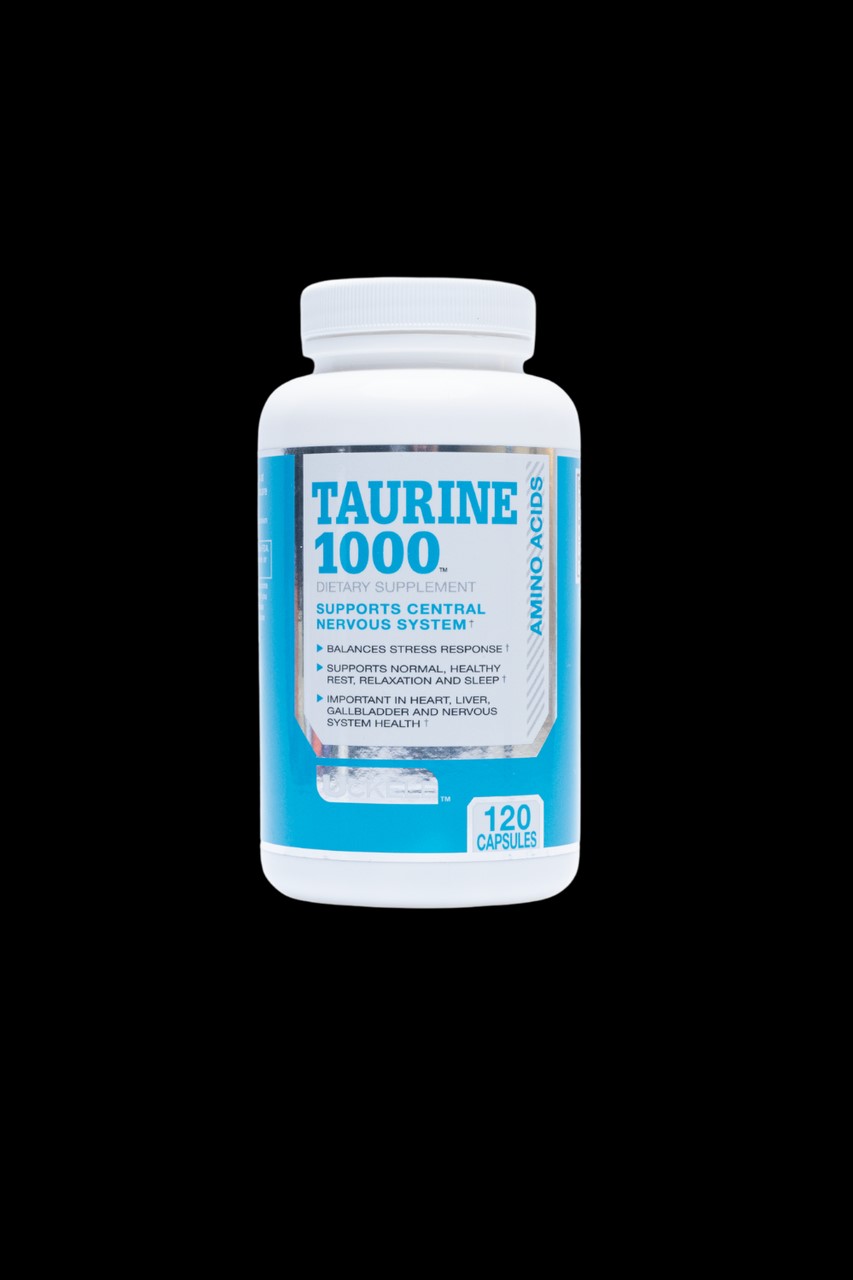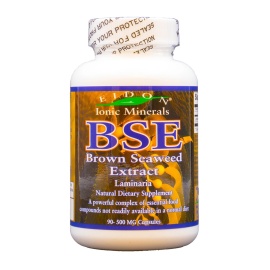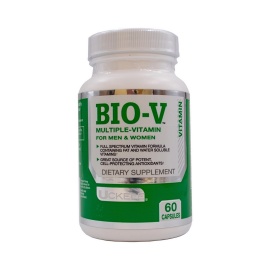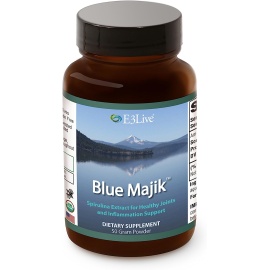Taurine is a naturally occurring chemical compound found within animals as well as humans. It is produced from cysteine, an amino acid which contains Sulfur.
In medical and scientific literature, Taurine is often referred to as an amino acid as it is derived from cysteine. However, technically Taurine is not an amino acid.
Amino acids have a carboxyl group in their structure which Taurine does not. In a carboxyl group, one oxygen atom is double bonded to a carbon atom while another oxygen atom is single bonded to the same carbon atom on one side and single bonded to a hydrogen atom on the other.
Taurine is considered an organic acid and a sulfonic acid for it contains Sulfur.German chemists Leopold Gmelin and Friedrich Tiedemann discovered Taurine by isolating the compound from an ox’s bile. Bile is produced in the liver and is stored and secreted by the gall bladder as a digestive juice that aids in digestion. Upon release from the gallbladder, bile’s function is focused on the digestion of fats from the foods that we eat. The name Taurine came from the Latin word “taurus” which means bull or ox for it was isolated from an adult male bull.
Traces of Taurine can be found in both human and animal cells. Significant levels of Taurine are found in bile and the lower intestines where the digestion of foods takes place. There are also concentrations of Taurine in other body areas like the heart, particularly in the cardiac muscles, skeletal muscles, and white blood cells. Traces of Taurine are also found in the central nervous system.
Dietary sources of Taurine can be found in a variety of foods that we regularly eat. These include eggs, fish, meat, milk and seafood. Most of these foods are rich in protein. Therefore, protein rich foods are the most abundant source of Taurine. In addition to that, you may want to take amino acid supplements, particularly Taurine health supplements to fully provide your body the necessary amount of Taurine that it needs to support vital body functions. As foods rich in Taurine include meat and fish, levels of Taurine in vegans can be lower than non-vegans who include meat and fish in their diet. Taurine can be produced by the body (through biosynthesis) or produced as a manmade chemical (through chemical synthesis).
Taurine Biosynthesis
Within the body, Taurine is synthesized within the pancreas through a pathway in which cysteine is oxidized to create cysteine sulfinic acid. Positioned behind the stomach, the pancreas is a gland which manufactures hormones and digestive enzymes. In adult males, Taurine is also produced within the testes.
Taurine Chemical Synthesis
Taurine can also be chemically synthesized (created artificially and not by the body). Synthesized Taurine is used in commercial products. Commercially produced Taurine is usually derived from isethionic acid. Taurine can also be derived through the reaction of sulfurous acid and aziridine.
Details
Categories
- Automotive (20)
- Beauty & Care (12)
- Garden & Tools (22)
- Garden Buildings (5)
- Garden Pots & Planters (2)
- Gardening Tools (5)
- Watering & Irrigation (5)
- Yard & Garden Decor (5)
- Groceries & Gourmet Food (8)
- Home & Kitchen (27)
- Bathroom Products (5)
- Home Decor (5)
- Home Storage & Organization (5)
- Household Cleaning (5)
- Kitchen Tools & Gadgets (7)
- Office Supplies (25)
- Pets Essentials (13)
- Sports & Outdoor (15)
- Fitness & Accessories (5)
- Gym & Accessories (7)
- Sports Accessories (8)
- Sports Gloves (5)
- Supplements (19)
- Toys (6)






Reviews
There are no reviews yet.